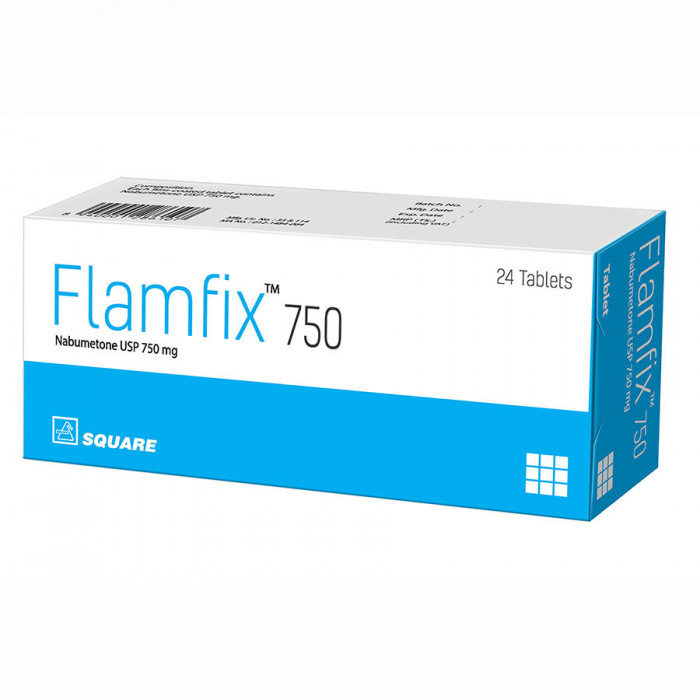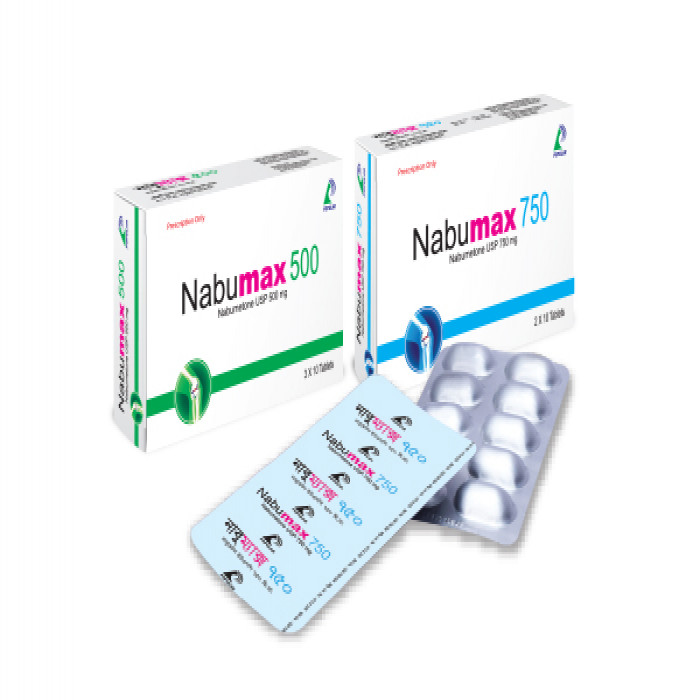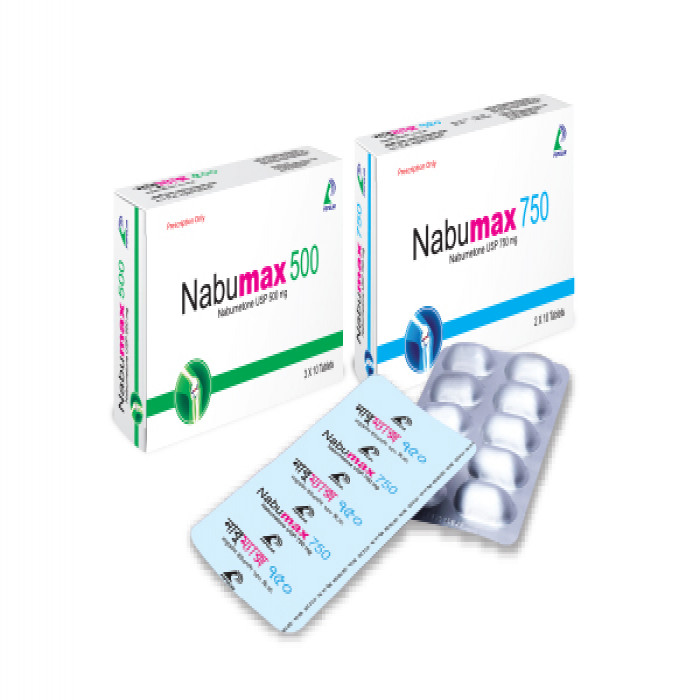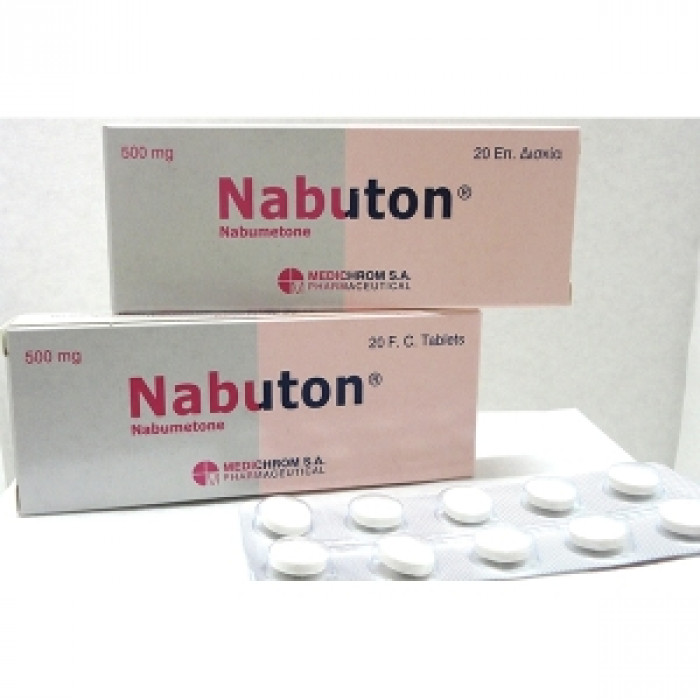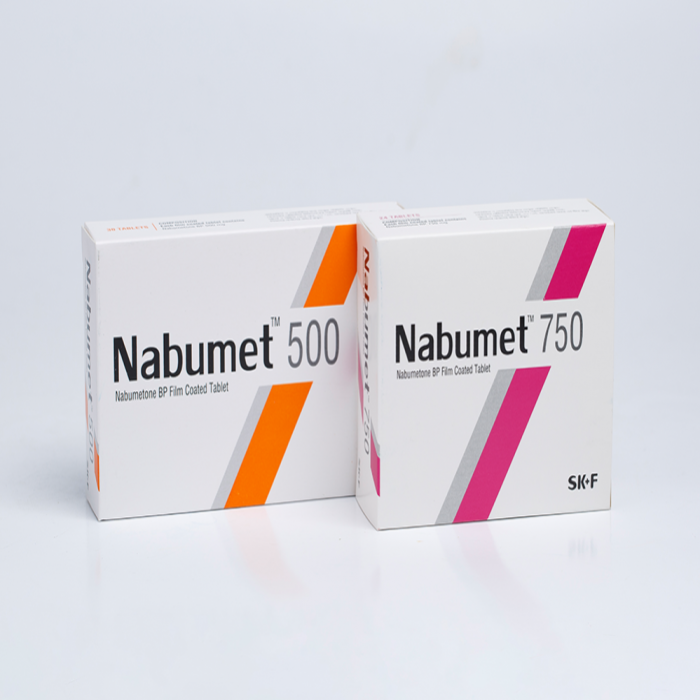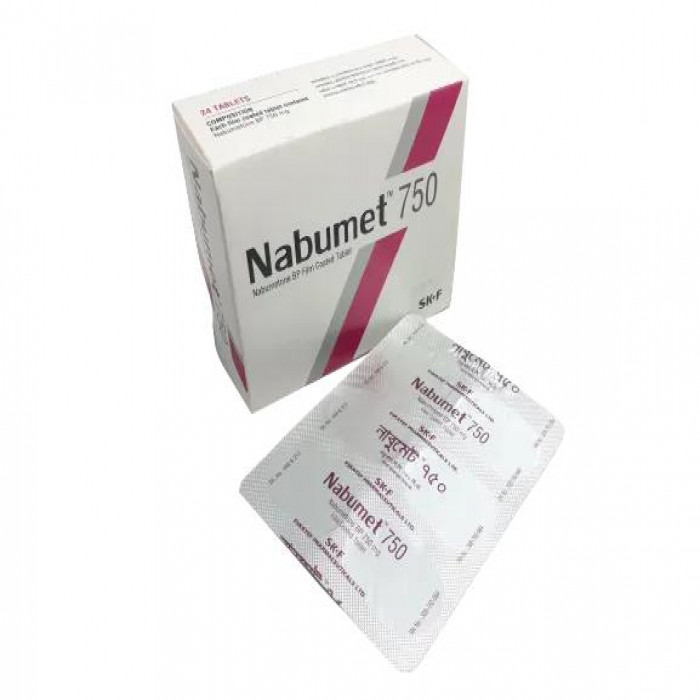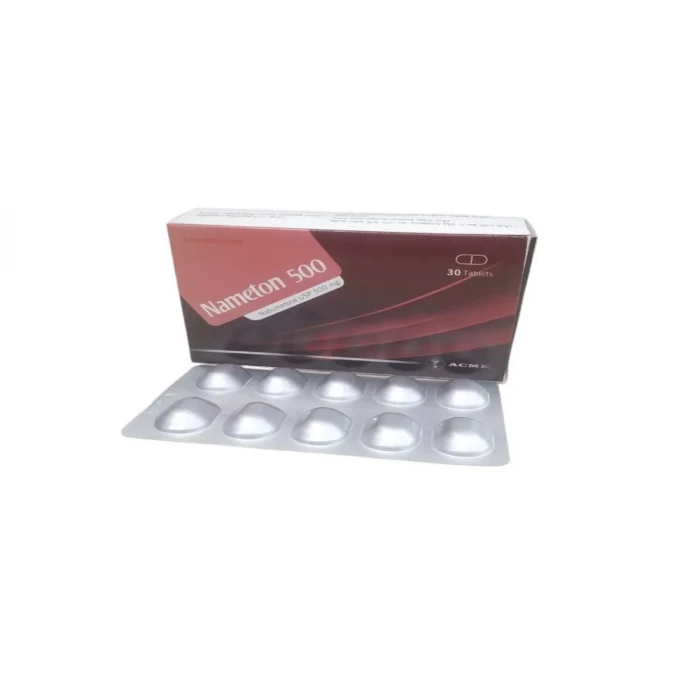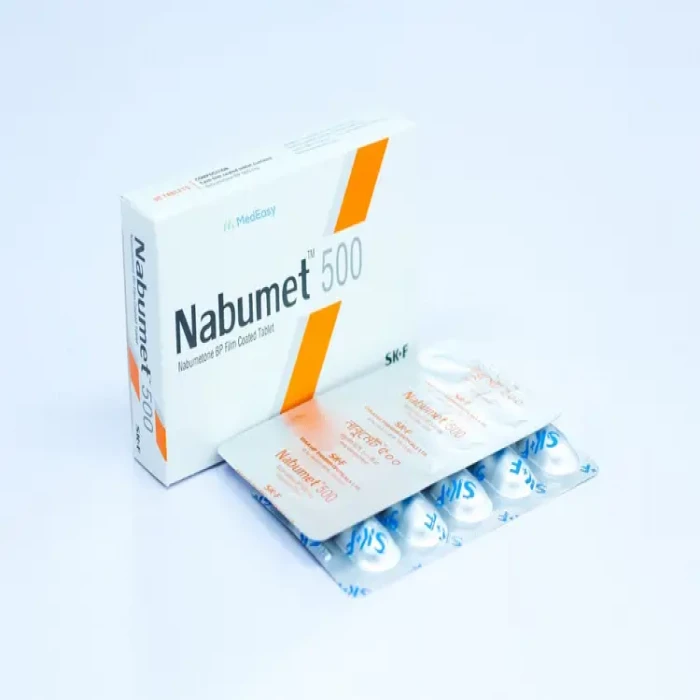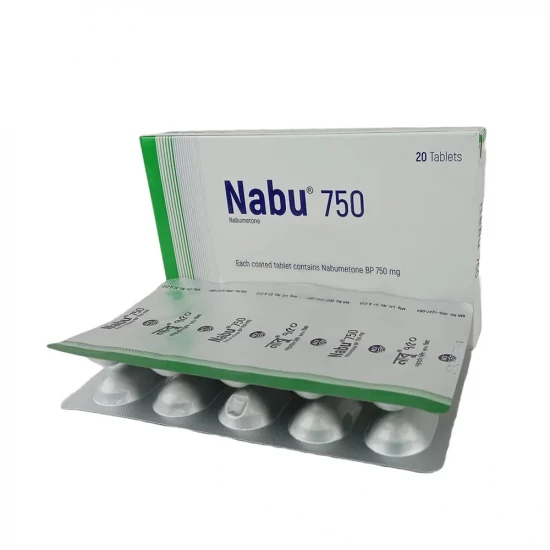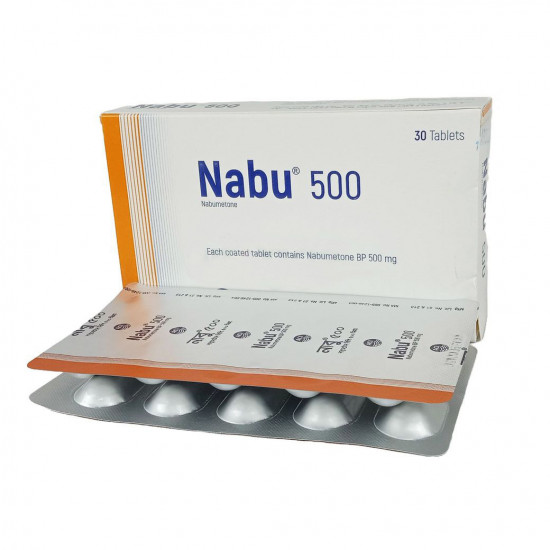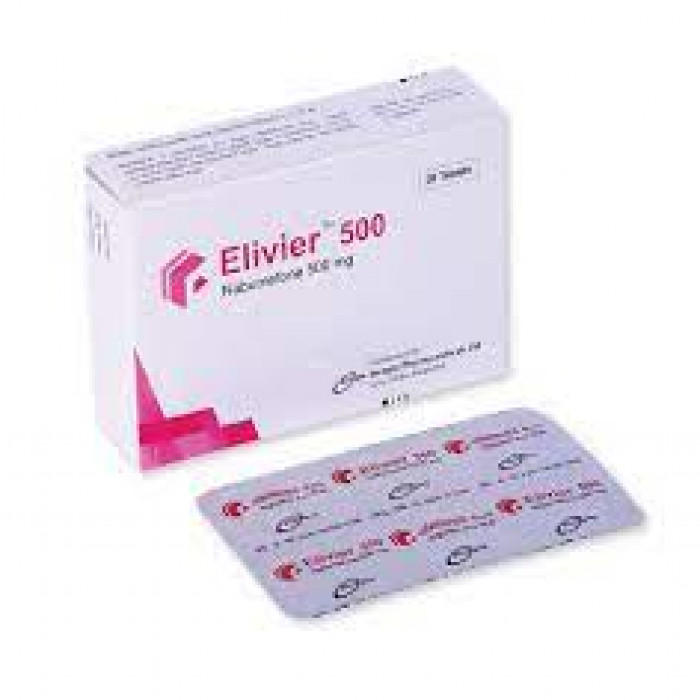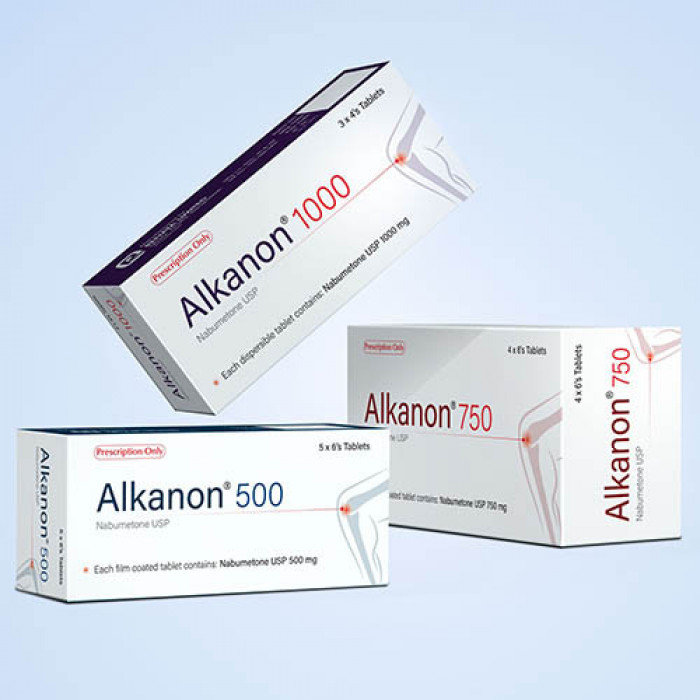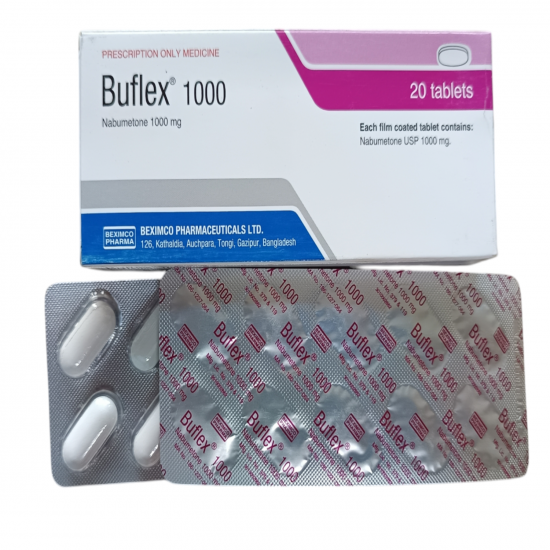
✔ 100% Authentic Product
👁️ Currently Viewing 224
Buflex 1000mg Tablet
Buflex 1000 is indicated for the management of pain and inflammation associated with musculoskeletal disorders, osteoarthritis, and rheumatoid arthritis.
- Avoid long-term use unless prescribed.
- Inform your doctor if you have heart, liver, or kidney problems.
- Do not consume alcohol while taking this medicine.
- Report any unusual bleeding, stomach pain, or dizziness to your doctor immediately.
Discount
Price: ৳ 285
MRP:
৳
300
5%
Off

100% Genuine Products, Guaranteed

Safe & Secure Payments, Always

Fast, Secure & Efficient Delivery

Proper Packaging
 Cash on Delivery - All over Bangladesh
Cash on Delivery - All over Bangladesh Regular Delivery - 12-24 Hours, Dhaka City* Charge Tk.39-59
Regular Delivery - 12-24 Hours, Dhaka City* Charge Tk.39-59 Regular Delivery - 24-48 Hours, Other Cities* Charge Tk.99-110
Regular Delivery - 24-48 Hours, Other Cities* Charge Tk.99-110
 ফ্রি ডেলিভারিঃ - ৯৯৯ টাকা+ অর্ডারে, ঢাকা
শহরে
ফ্রি ডেলিভারিঃ - ৯৯৯ টাকা+ অর্ডারে, ঢাকা
শহরে ফ্রি ডেলিভারিঃ - ২৯৯৯ টাকা+ অর্ডারে, ঢাকার
বাহিরে
ফ্রি ডেলিভারিঃ - ২৯৯৯ টাকা+ অর্ডারে, ঢাকার
বাহিরে
100% Genuine Products, Guaranteed
Safe & Secure Payments, Always
Fast, Secure & Efficient Delivery
Proper Packaging
 Cash on Delivery - All over Bangladesh
Cash on Delivery - All over Bangladesh Regular Delivery - 12-24 Hours, Dhaka City* Charge Tk.39-59
Regular Delivery - 12-24 Hours, Dhaka City* Charge Tk.39-59 Regular Delivery - 24-48 Hours, Other Cities* Charge Tk.99-110
Regular Delivery - 24-48 Hours, Other Cities* Charge Tk.99-110 ফ্রি ডেলিভারিঃ - ৯৯৯ টাকা+ অর্ডারে, ঢাকা
শহরে
ফ্রি ডেলিভারিঃ - ৯৯৯ টাকা+ অর্ডারে, ঢাকা
শহরে ফ্রি ডেলিভারিঃ - ২৯৯৯ টাকা+ অর্ডারে, ঢাকার
বাহিরে
ফ্রি ডেলিভারিঃ - ২৯৯৯ টাকা+ অর্ডারে, ঢাকার
বাহিরে
✅ Description:
Buflex 1000 belongs to the class of non-steroidal anti-inflammatory drugs (NSAIDs). It works by inhibiting cyclooxygenase (COX-1 and COX-2) enzymes, which decreases the production of prostaglandins — the chemical mediators responsible for pain, fever, and inflammation. It may also reduce inflammatory cytokine activity and suppress neutrophil aggregation, contributing to its therapeutic effects.
✔️ Dosage & Administration
Administration:
Take with food to minimize stomach upset. Swallow whole; do not chew or crush.
Follow your physician’s prescribed dose and duration.
Adult Dose:
Osteoarthritis & Rheumatoid Arthritis:
Initial: 1 g orally once daily.
Maintenance: 1–2 g/day in a single or divided dose every 12 hours.
Maximum: 2 g/day.
Elderly: 500 mg once daily may be sufficient; do not exceed 1 g/day.
Pediatric Use: Not recommended for children.
Renal Impairment:
CrCl 30–49 mL/min: Max initial dose 750 mg once daily; may increase to 1.5 g/day.
CrCl <30 mL/min: Max initial dose 500 mg once daily; may increase to 1 g/day.
✔️ Side Effects:
Common:
Nausea, vomiting, indigestion, stomach or epigastric pain
Diarrhea, heartburn, loss of appetite
Less Common (1–10%):
Constipation, dizziness, headache, edema, flatulence, pruritus, tinnitus, rash, fatigue, gastritis, insomnia, somnolence, stomatitis, nervousness
Frequent (>10%):
Diarrhea (14%), dyspepsia (13%), abdominal pain (12%)
Rare but Serious:
GI bleeding, kidney impairment, or severe allergic reactions.
✔️ Interaction
Anticoagulants & Antiplatelets (e.g., warfarin, clopidogrel, aspirin): May increase risk of bleeding.
Corticosteroids & Methotrexate: May elevate risk of GI toxicity and bone marrow suppression.
Fluoroquinolones: May increase seizure risk.
Diuretics & Antihypertensives: Reduced effectiveness.
Cyclosporine: May elevate serum levels.
Alcohol: Enhances gastric mucosal irritation.
✔️ Contraindications
- Hypersensitivity to ibuprofen or other NSAIDs.
- History of aspirin-induced allergy.
- Severe renal impairment.
- Perioperative pain associated with CABG surgery.
Use with caution in peptic ulcer disease, stomatitis, systemic lupus erythematosus, ulcerative colitis, and late pregnancy (may cause premature closure of the ductus arteriosus).
✔️ Storage Condition
Category C: Use only if potential benefits justify potential risks.
Category D (late pregnancy): May cause premature closure of the ductus arteriosus.
Should be used with caution during pregnancy and avoided near term.
✔️ Precautions & Warnings
- Use cautiously in patients with cardiovascular disease, hypertension, or fluid retention.
- Monitor patients with renal or hepatic impairment closely.
- Discontinue use if GI bleeding or ulceration occurs.
- Avoid long-term use unless advised by a doctor.
- May cause drowsiness or dizziness — use caution when driving or operating machinery.
- Avoid alcohol while taking this medication to reduce stomach irritation risk.
- Regular monitoring of renal, liver, and blood parameters is recommended during prolonged therapy.
⚠️Disclaimer:
At ePharma, we’re committed to providing accurate and accessible health information. However, all content is intended for informational purposes only and should not replace medical advice from a qualified physician. Please consult your healthcare provider for personalized guidance. We aim to support, not substitute, the doctor-patient relationship.




